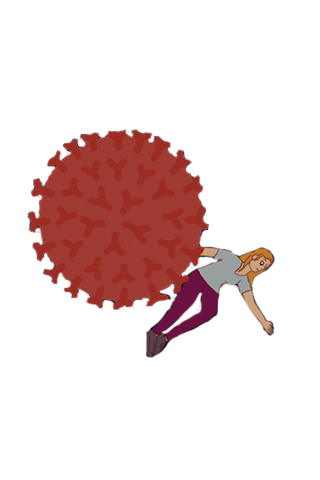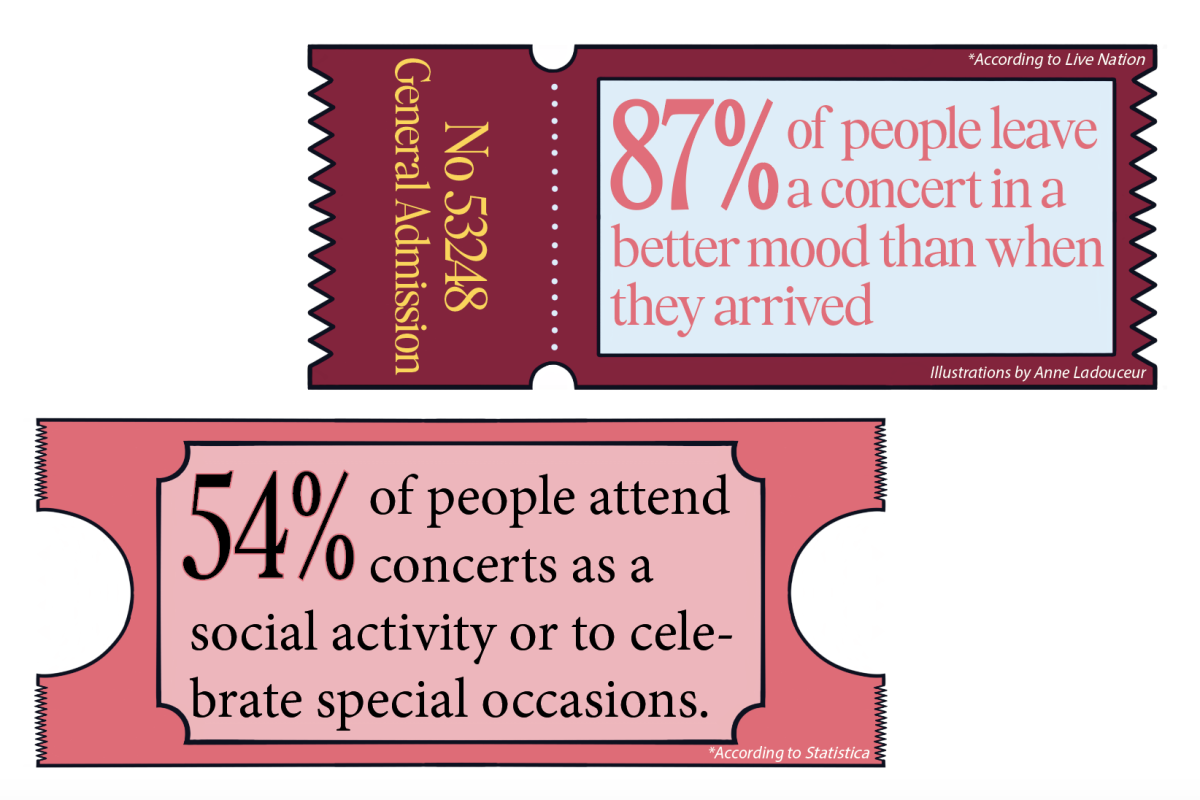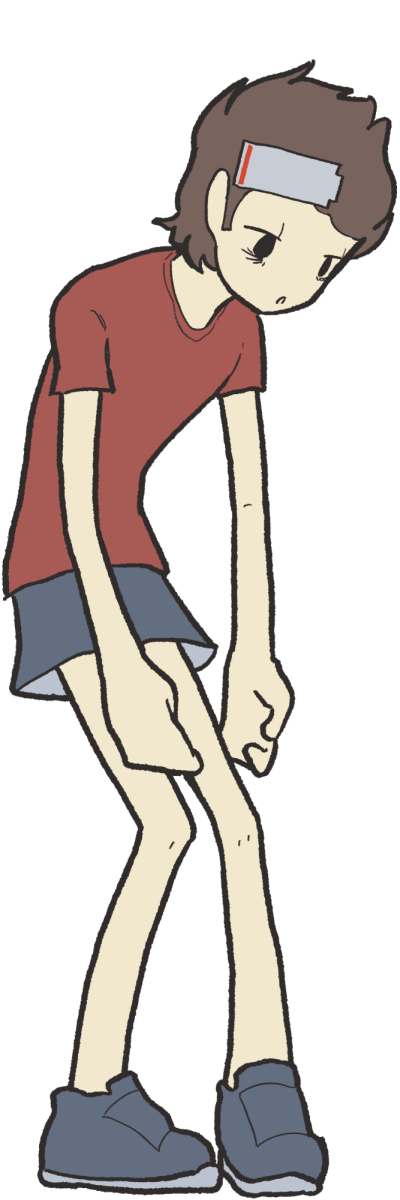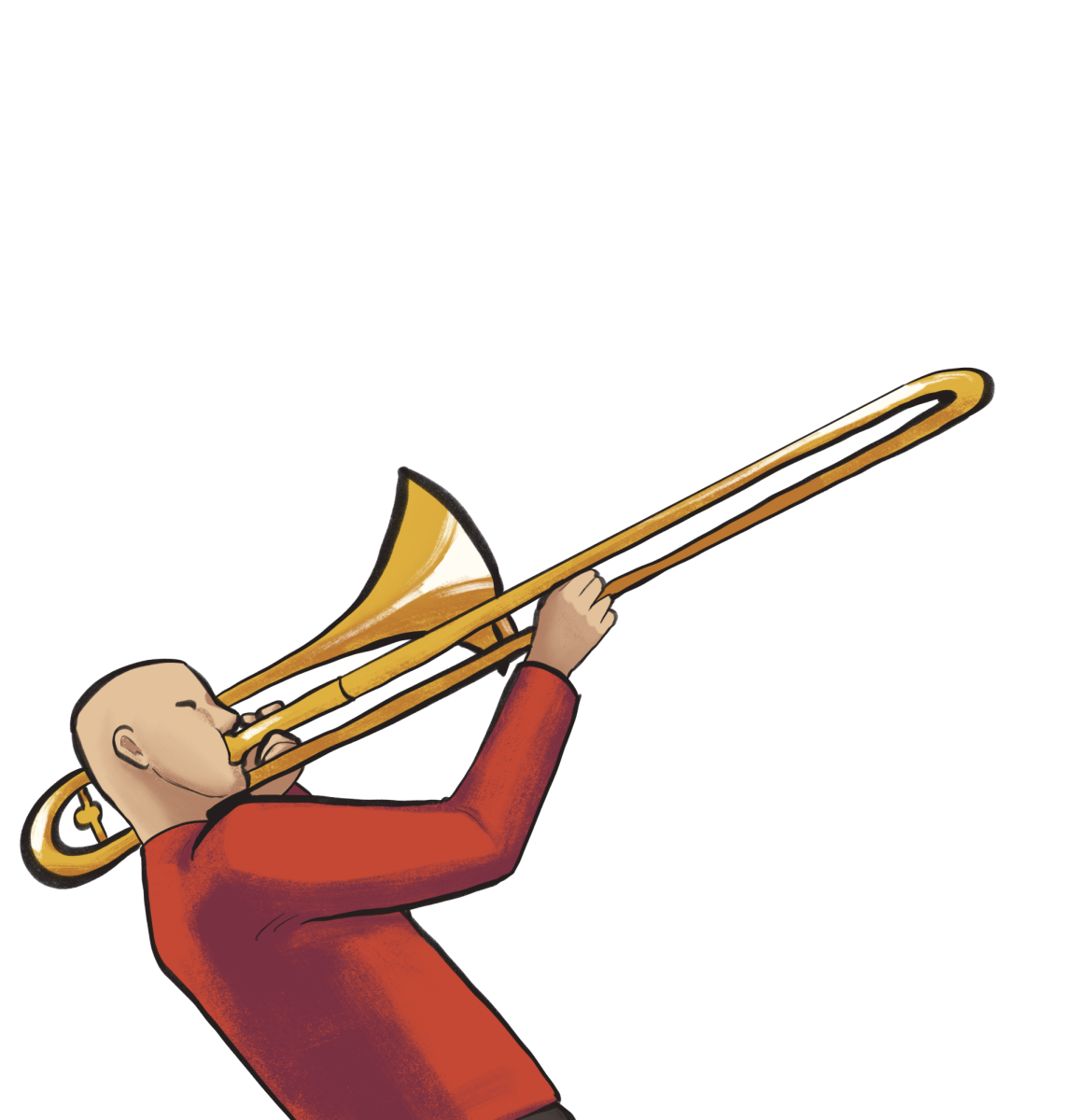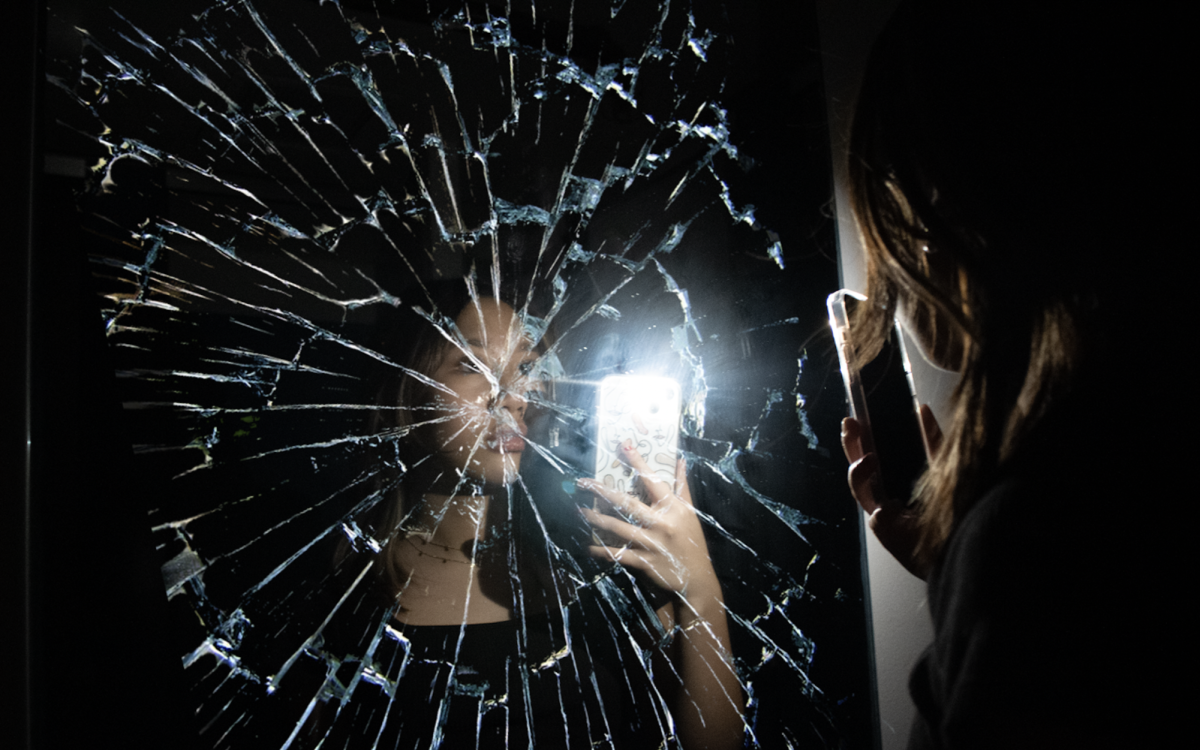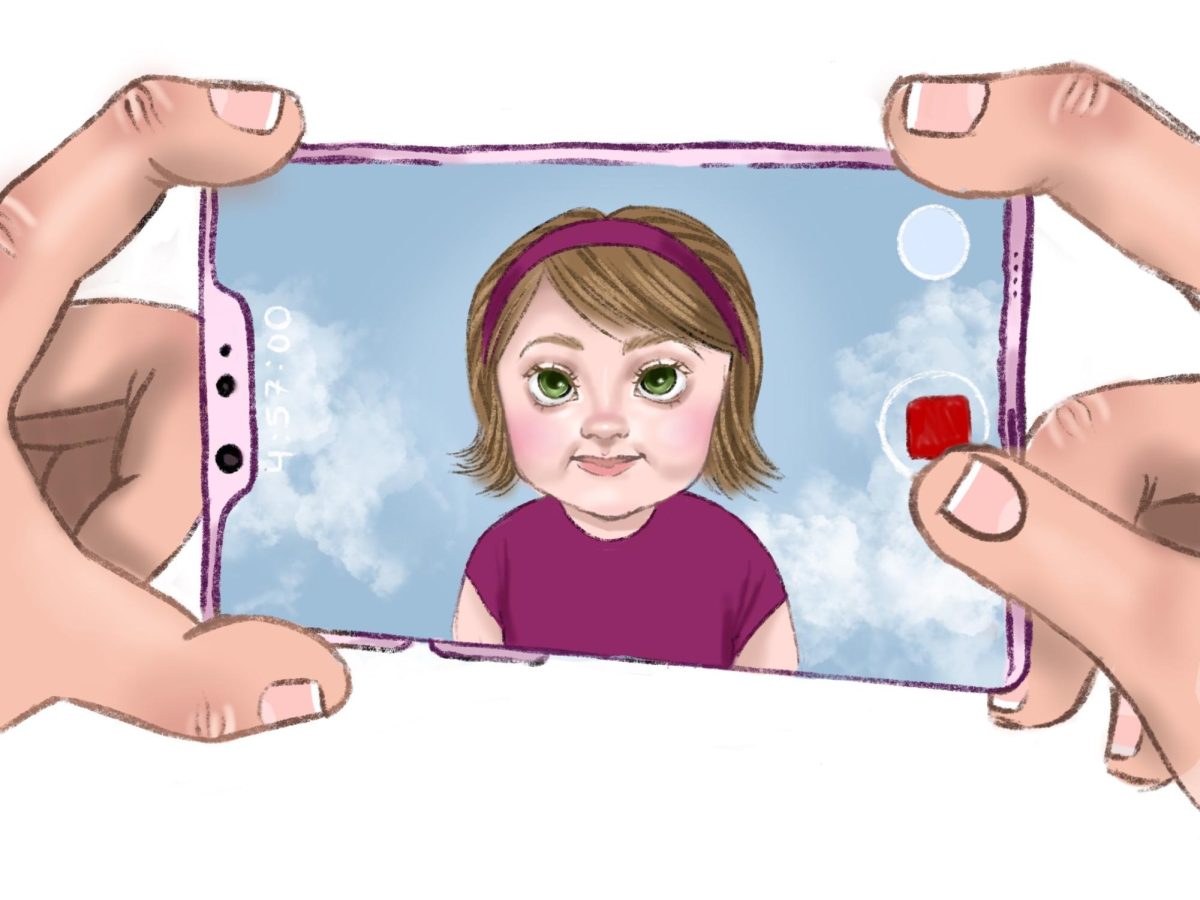While I do not remember most days from sixth grade, I remember March 13, 2020.
I remember my last class of the day, the final bell, and the excitement flowing through the halls as students left for the first COVID-19 quarantine. I remember cleaning out my locker and taking down the decorations inside, but confusion lingered as to why we were forced to do this if we would be back in two weeks.
Most of all, I remember how little I compared myself to others and how much I lived in the moment. This version of myself disappeared almost completely with the COVID-19 lockdowns.
When COVID-19 took away in-person hangouts, I turned to social media because it felt like the only way to stay connected.
As the hours on my screen time ticked up, my self-confidence crumbled. Everyone online seemed to have something that I did not have- huge friend groups (complete with effortless inside jokes), expensive shopping hauls, and flawless skincare routines. TikTok and Instagram were particularly damaging; with an algorithm designed to keep me engaged, it was like a bad car crash- I could not seem to look away.
Quarantine kept everyone inside, away from the daily interactions that used to anchor me. Without all of the little moments, like chatting at my locker during passing periods or spontaneous after school plans, I began to feel increasingly isolated. Eventually, I stopped reaching out to most of my friends altogether. The constant comparison of myself to others led me down a rabbit hole with no clear way out— I became convinced that I
was not interesting enough, funny enough, or simply enough overall to be the person people wanted to be around.
I did not just lose a few middle school dances or my eighth grade Washington D.C. trip from the pandemic, I lost a version of myself who was completely confident in her self worth.
When things started reopening again and we returned to school, I still could not shake this mindset. I was constantly anxious, worried about how I measured up to others. I remember sitting at lunch with my friends, laughing and sharing our weekend plans but feeling disconnected- like I was performing a version of myself rather than simply enjoying the moment.
After months of watching other people’s highlight reels on social media, I became hyper-aware of everything that I thought I lacked. I was too swept in my own insecurities to feel fully present, even when I was surrounded by people I cared the most about.
I was not alone in my struggle, the global prevalence of anxiety increased by 25 percent in the first two years of the pandemic, a study conducted by the World Health Organization said.
It did not happen overnight, as much as I would have loved it too, but somewhere in freshman year I started to realize just how deeply social media had shaped the way I saw myself.
This awareness helped me start to pull away. I began spending more time with people, reaching out even when I was terrified to do so, because I found that it was better to do it scared than to not do it at all.
Slowly, I found moments of laughing with my friends at lunch and feeling present in the moment without second-guessing myself. I recognized my carefree, sixth-grade self again.
In the past few years, I learned to recognize when the voice in my head is coming from comparison, not truth, and have been reconstructing the confidence that I had completely lost.
I am still finding ways to be kinder to myself and value authenticity over perfection. COVID-19 changed everything. But it made me more aware of what is worth holding onto: the ability to be present, not perfect.



